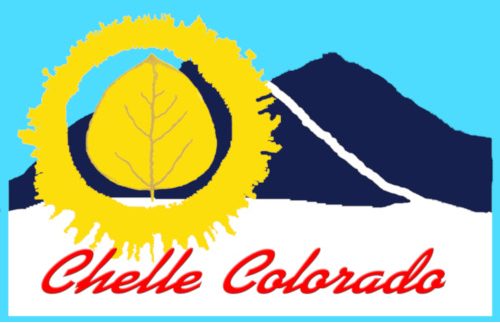The goal is to provide high-quality, consistent products worthy of the time you spend on your handmade items.
Dyes
- Professional products designed for high wash- and lightfastness
- Consistent, thorough processes in processing, rinsing, and curing, so that dyes stay on the fiber through washing and laundering according to industry standards
- Colors mixed according to precise ratios from stock solutions, precisely measured
- Products are dyed in dyelots, and orders are fulfilled with products of the same dyelot
- Consistent dye recipes
- Applied in set patterns, to achieve consistency between units (braid to braid, skein to skein)
- Product descriptions emphasize colors in common terms
Materials
- Chosen based on durability and resistance to pilling as the primary factor
- Breed-specific varieties; all fibers identified
- Fibers and yarns chosen with long-term availability in mind
Business practices
- Company goal is to move towards as many fibers as possible sourced within the USA, and particularly from Colorado growers
- Consistency is key: colorways will always be available; yarn and fiber bases will be available for as long as the manufacturer carries them
- Live and work with one foot in the “company shoe” and the other foot in the “customer shoe;” each mile walked is done from both the company’s and the client’s perspective.
What is the “kettle dyed” process?
The kettle-dye process is a low-water technique. In my work, I dye roving using this technique to get a more-or-less solid color. The fiber is laid in a shallow dyebath and heated, and it’s turned only once during that time. This helps to keep the fiber from felting during the process. It also creates light and dark shades, which when spun or felted together gives the resulting yarn or fabric some dimension in color.
What is the “glazing” dye technique?
This is another way to add interest and color dimension, and I use this technique on yarn. The components of a color are applied and fixed in separate steps. This builds many analogous “dots” of color, which creates subtle shading throughout the skein.
